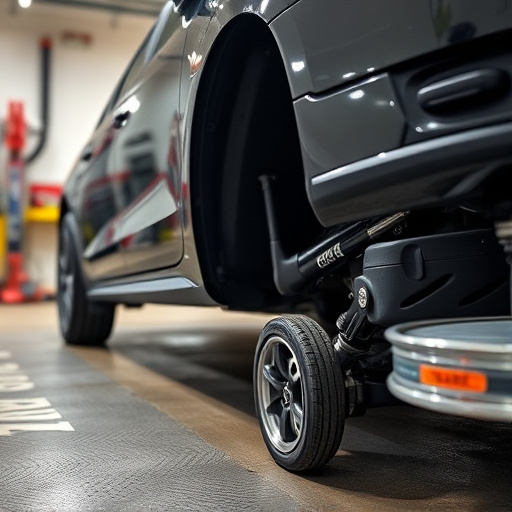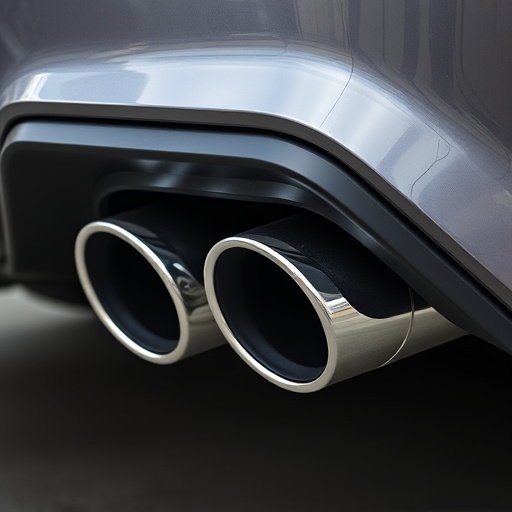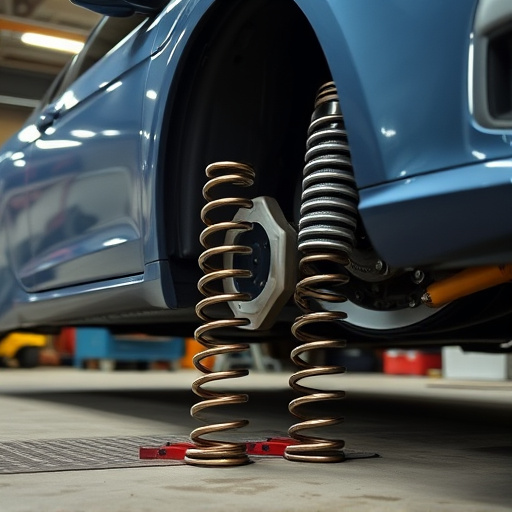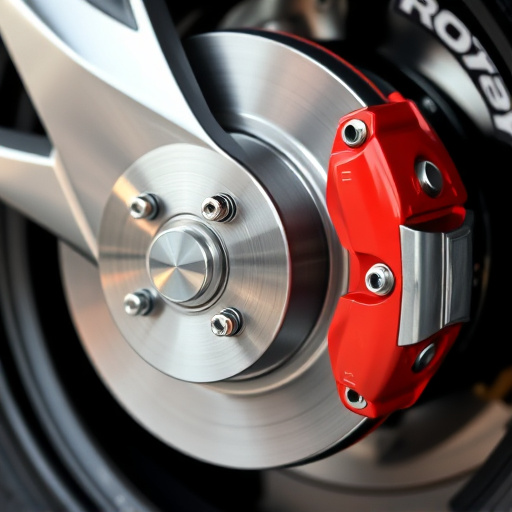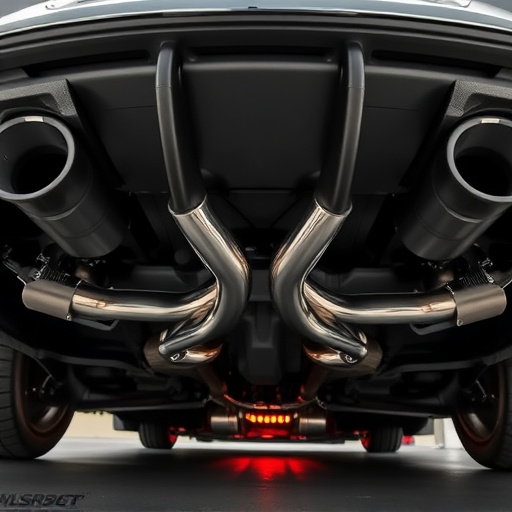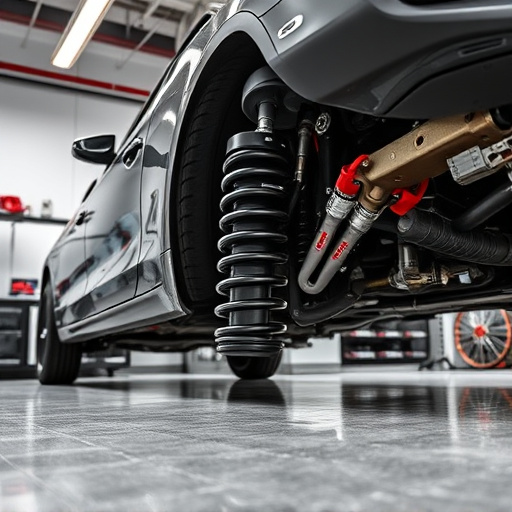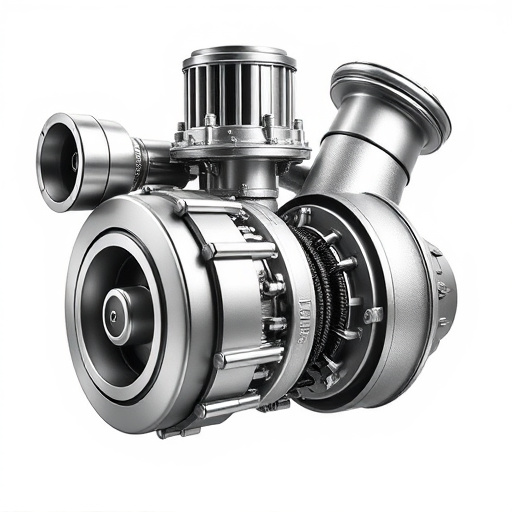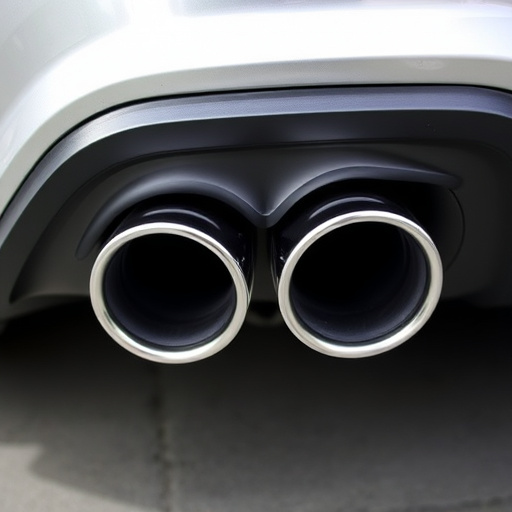The air intake system is a crucial component for optimal vehicle performance, involving an air filter, tubes, and ducts that supply clean air to the engine. Vehicle owners may upgrade or modify this system for enhanced power, requiring knowledge of their car's specifications and potential modifications. Before installation, gather compatible tools and parts, prepare the vehicle, and follow manufacturer instructions for a secure fit with proper seals. Testing after installation ensures no leaks, resulting in improved engine efficiency.
Looking to enhance your vehicle’s performance with a new air intake system? This comprehensive guide will walk you through the step-by-step process of installation, ensuring optimal results. From understanding your vehicle’s existing air intake system to gathering the necessary tools and parts, we’ve got you covered. We’ll then detail each installation step, providing clear instructions for a successful DIY project. Boost your engine’s efficiency and breath new life into your ride with these expert tips on air intake installation.
- Understanding Your Vehicle's Air Intake System
- Gathering the Necessary Tools and Parts
- Step-by-Step Installation Process
Understanding Your Vehicle's Air Intake System
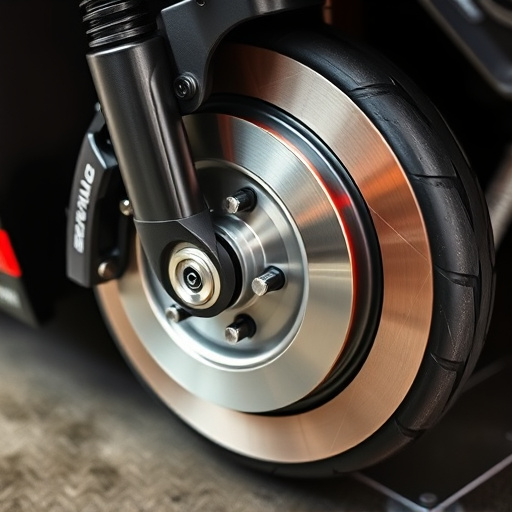
Every vehicle has a unique air intake system, which is responsible for drawing in cold air from the environment to support optimal engine performance. Understanding this intricate network is crucial before attempting any air intake installation or modification. At its core, the air intake system consists of several components working in harmony. The process begins with the air filter, which traps contaminants and ensures only clean, cool air enters the engine. This filtered air then flows through a series of tubes and ducts, often designed to direct airflow efficiently, before reaching the carburetor or fuel injectors for combustion.
In many cases, vehicle owners choose to upgrade their standard air intake system with cold air intakes or modify existing components like muffler tips. These alterations aim to improve engine performance by increasing airflow and reducing restrictions. For instance, a direct-fit cold air intake replaces the stock air box with a more efficient design, drawing in cooler air from outside the vehicle, which can result in improved horsepower and torque. Understanding your vehicle’s existing setup and the potential benefits of these modifications is key to making informed decisions during air intake installation.
Gathering the Necessary Tools and Parts
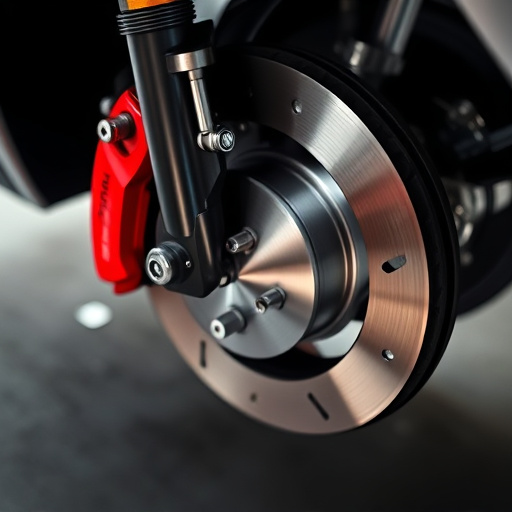
Before starting an air intake installation, ensure you have all the necessary tools and parts to achieve a seamless process. This typically includes an air filter, intake pipe, mounting hardware, and possibly an intercooler or charge pipe, depending on your vehicle’s make and model. It’s crucial to source these components from reputable manufacturers known for their quality and compatibility with your specific car, whether it’s a high-performance sports car or a daily driver.
Gathering the right parts is only half the battle; you’ll also need basic automotive tools like wrenches, screwdrivers, and ratchets suitable for your vehicle’s construction. Consider enhancing your vehicle’s performance with additional upgrades such as a performance exhaust system, muffler tips, or even suspension kits to complement your air intake installation—a holistic approach that can unlock your car’s full potential.
Step-by-Step Installation Process
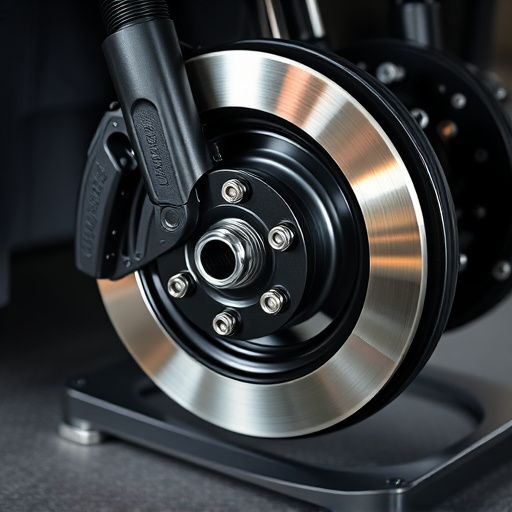
The air intake installation process involves several key steps to ensure optimal vehicle performance and the efficient functioning of your car’s engine. Begin by locating the air intake system, typically found in the engine compartment or under the hood. Next, carefully remove any existing air filter kits or components to access the mounting points for the new intake system.
Once the old parts are removed, follow the manufacturer’s instructions to properly install the new air intake system. This often includes securing the intake housing using bolts or clamps and ensuring all connections are tightly sealed. After installation, test the system by starting the engine and verifying that there are no leaks. A secure and properly installed air intake system contributes significantly to enhancing vehicle performance and improving the overall efficiency of your car’s engine.
Air intake installation can enhance your vehicle’s performance and efficiency. By understanding your vehicle’s system, gathering the right tools and parts, and following a step-by-step process, you can successfully install a new air intake. This guide provides a solid foundation for navigating the air intake installation process, ensuring a smoother ride and potentially increasing horsepower. Remember, proper research and preparation are key to achieving optimal results with any car modification.





